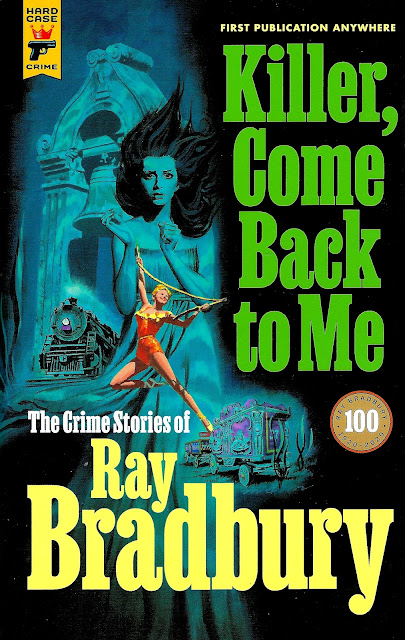I am joining the Back to the Classics Challenge for 2022. The challenge is hosted by Books and Chocolate and is in its 9th year.
The challenge consists of twelve prompts for classic books. All books must have been written at least 50 years ago to qualify; therefore, books must have been published no later than 1972 for this challenge. The deadline to sign up for the challenge is April 1, 2022. More detailed rules can be found here.
I have listed possibilities for books I may read but I am not committed to those choices. In some cases there are many possibilities on my Classics Club List to fulfill the category description. Ideally I would read one for each prompt for a total of 12, but as long as I read at least 6 books for this challenge, I will be happy.
Here are the categories for 2022 (followed by my choice where I have one):
1. A 19th century classic. Any book first published from 1800 to 1899.
Dracula – Bram Stoker (1897)
2. A 20th century classic. Any book first published from 1900 to 1972. All books must have been published at least 50 years ago; the only exceptions are books which were written by 1972 and posthumously published.
Daphne du Maurier – Rebecca (1938)
3. A classic by a woman author.
Edna Ferber – Giant (1952)
Edna Ferber – Show Boat (1926)
4. A classic in translation. Any book first published in a language that is not your primary language. You may read it in translation or in its original language, if you prefer.
Leo Tolstoy – Anna Karenina (1878)
5. A classic by BIPOC author. Any book published by a non-white author.
Chinua Achebe – Things Fall Apart (1958)
6. Mystery/Detective/Crime classic. It can be fiction or non-fiction (true crime).
James Cain – The Postman Always Rings Twice (1934)
7. A classic short story collection. Any single volume that contains at least six short stories. The book can have a single author or can be an anthology of multiple authors.
Sir Arthur Conan Doyle – Adventures of Sherlock Holmes (1892)
8. Pre-1800 classic. Anything written before 1800. Plays and epic poems, such as the Odyssey, are acceptable in this category.
William Shakespeare – Much Ado About Nothing (1598)
9. A nonfiction classic. Travel, memoirs, and biographies are great choices for this category.
10. Classic that's been on your TBR list the longest. Find the classic book that's been hanging around unread the longest, and finally cross it off your list!
Jane Austen – Sense and Sensibility (1811)
11. Classic set in a place you'd like to visit. Can be real or imaginary -- Paris, Tokyo, the moon, Middle Earth, etc. It can be someplace you've never been, or someplace you'd like to visit again.
12. Wild card classic. Any classic book you like, any category, as long as it's at least 50 years old!



















